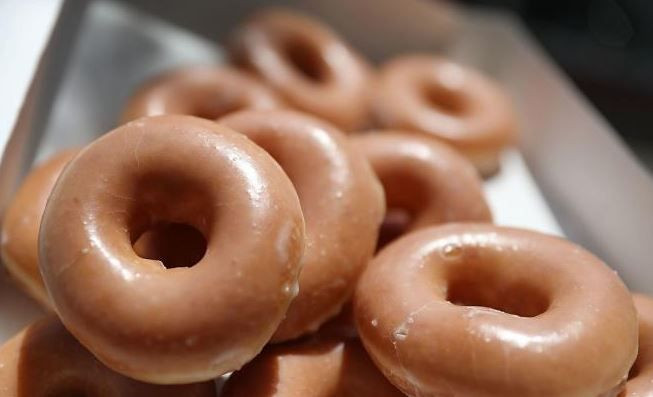Eating Junk Food Doesn't Mean You'll Develop Type 2 Diabetes, But It Probably Affects Blood Sugar All The Same

Walk down the aisle of any grocery store and the evidence is clear: Americans don’t eat the way they did 30 years ago. The shelves are stocked with more processed foods than ever before. Researchers at the University of North Carolina at Chapel Hill found men and women living in the United States have increased their daily caloric intake by 570 calories since the late 1970s, and in a separate study published in Obesity Research & Clinical Practice, researchers found we have to eat less and exercise more at age 25 than those growing up 20 to 30 years ago did in order to prevent weight gain.
At the same time, the obesity and diabetes rates in America have also risen — several studies implicate the Western diet, finding that a lot of fat, sugar, and carbohydrates can negatively affect metabolism and induce insulin resistance. Since the kidneys help to balance insulin and blood sugar, which prevents diabetes and related kidney disease, a new study in Experimental Physiology aimed to see how exactly these types of foods affect the body.
The study authors worked with three rat models that had diabetes types 1 and 2, diet-induced obesity and insulin resistance, or were acting as a control. Rats were given their standard chow and water, while some also received junk food and others had access to a 60 percent high-fat diet. The junk food, also referred to as a “cafeteria diet,” included potato crisps, cheese, marshmallows, muffins, donuts, biscuits, and chocolate bars.
To follow diet effects, the authors tested rats’ blood sugar and the glucose transporters in their kidneys. Regulated by insulin, these transporters carry blood sugar between the liver and the blood, and play a role in what’s known as renal glucose reabsorption. If the kidney doesn’t reabsorb some of this glucose, then it can appear in urine, which is a sign of diabetes.
The results showed that two types of transporters, GLUT and SGLT, and their regulatory proteins were present in Type 2 diabetic rats — but they also appeared in rats eating a high-fat and junk food diet. GLUT expression in particular increased, ultimately mimicking a blood sugar status normally seen in diabetics. This finding, the authors said, is an extension of prior studies that have shown increased GLUT expression correlates with increases in glucose concentration, which has the potential to cause diabetic kidney disease.
Kidney disease is an important late complication of diabetes, the authors added, especially when sugar levels are poorly controlled. While a new class of transporter inhibitors can help Type 2 diabetics stay on top of this, the authors said those drugs don’t unequivocally protect against disease outside of controlling blood sugar.
"A new treatment for diabetic patients constitutes blocking the glucose transporter in the kidney to reduce blood glucose levels,” study author Dr Havovi Chichger, senior lecturer in biomedical science at the Anglia Ruskin University in the United Kingdom, said in a press release. “Understanding how diet can affect sugar handling in the kidneys and whether the inhibitors can reverse these changes could help to protect the kidneys from further damage."
This may be easier said than done. Insulin, according to a 2004 study, plays many roles, processing fats, protein, and carbohydrates in complicated ways, which has made it hard to understand the precise mechanisms by which it regulates glucose.
Animal models invite criticism too. In 2012, Aileen J.F. King suggested that animals should be chosen carefully, especially when trying to learn more about diabetes. When clinicians induce diabetes they destroy a high percentage of endogenous beta cells that produce insulin, she said, and less insulin can lead to hyperglycemia, the technical term for high blood sugar. Not to mention animals are induced days before the experiment. For example, in Chichger’s study, rats were induced with diabetes seven days ahead of the experiment. If induction messes with insulin, there’s a chance blood sugar is affected even before rats have had a bite of chocolate.
Source: Chichger H, et al. Experimental Type II Diabetes and Related Models of Impaired Glucose Metabolism Differentially Regulate Glucose Transporters At The Proximal Tubule Brush Border Membrane. Experimental Physiology. 2016.



























